Up Next

The rebranding of the Renault team as Alpine Team F1 in 2021 is the fifth time that this particular team has changed its identity during its four decades in Formula 1.
It first came into F1 as Toleman in 1981 off the back of European Formula 2 title success with Brian Henton. Subsequently, it became Benetton before being called Renault for the first time in 2002.
This was the first two stints as the Renault works team, sandwiching four seasons when it ran as Lotus. In 2016, it once again became the factory Renault team.
Here’s our ranking of the various identities of the team over the years based on achievement and significance.
5 Toleman (1981-1985)
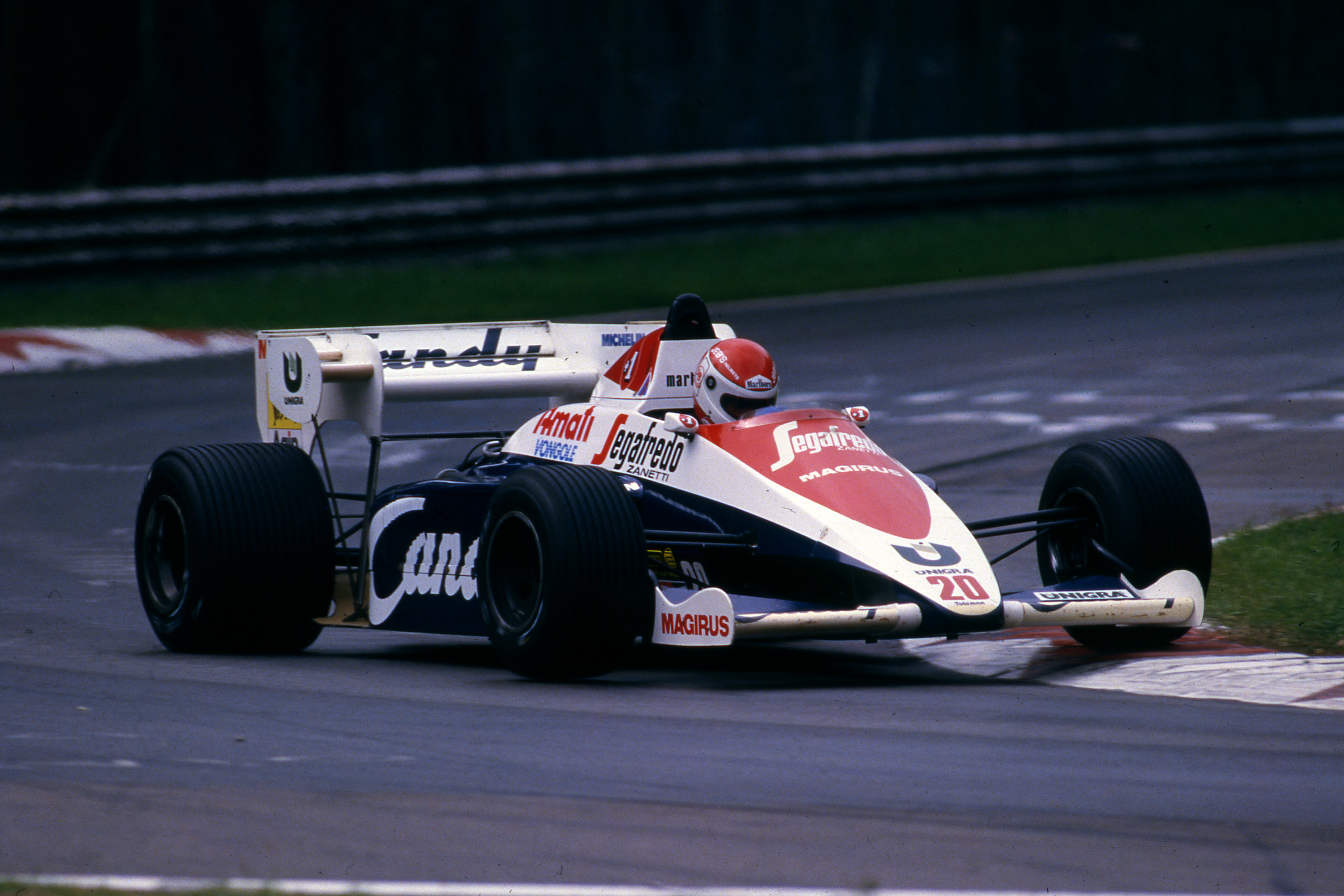 This was the identity that started it all as a minnow team that only qualified for a race twice during a gruelling debut season in 1981. Brian Henton and Derek Warwick made the grid once each, with the former’s 10th place in the Italian Grand Prix the highlight of that campaign.
This was the identity that started it all as a minnow team that only qualified for a race twice during a gruelling debut season in 1981. Brian Henton and Derek Warwick made the grid once each, with the former’s 10th place in the Italian Grand Prix the highlight of that campaign.
But things rapidly improved. Powered by a Hart turbo engine that became increasingly potent, Warwick and new team-mate Teo Fabi at least made the grid much more regularly in 1982. Warwick then took Toleman’s first points finish, fourth at Zandvoort in ’83, at the start of a run of four consecutive points finishes for him – supported by Bruno Giacomelli’s sixth at the Nurbugring.
In 1984, a certain Ayrton Senna arrived, taking that legendary second place at Monaco and third places in the German and Portuguese Grands Prix. Toleman took seventh in the constructors’ championship off the back of this.
Without a tyre deal, Toleman missed the first three races of 1985 then turned up with a brisk, but fragile package that finished just twice and never scored a point – although returnee Fabi did take pole position for the German Grand Prix.
During that season, Benetton bought the team, paving the way for its change of identity the following year.
4 Renault v2 (2016-2020)
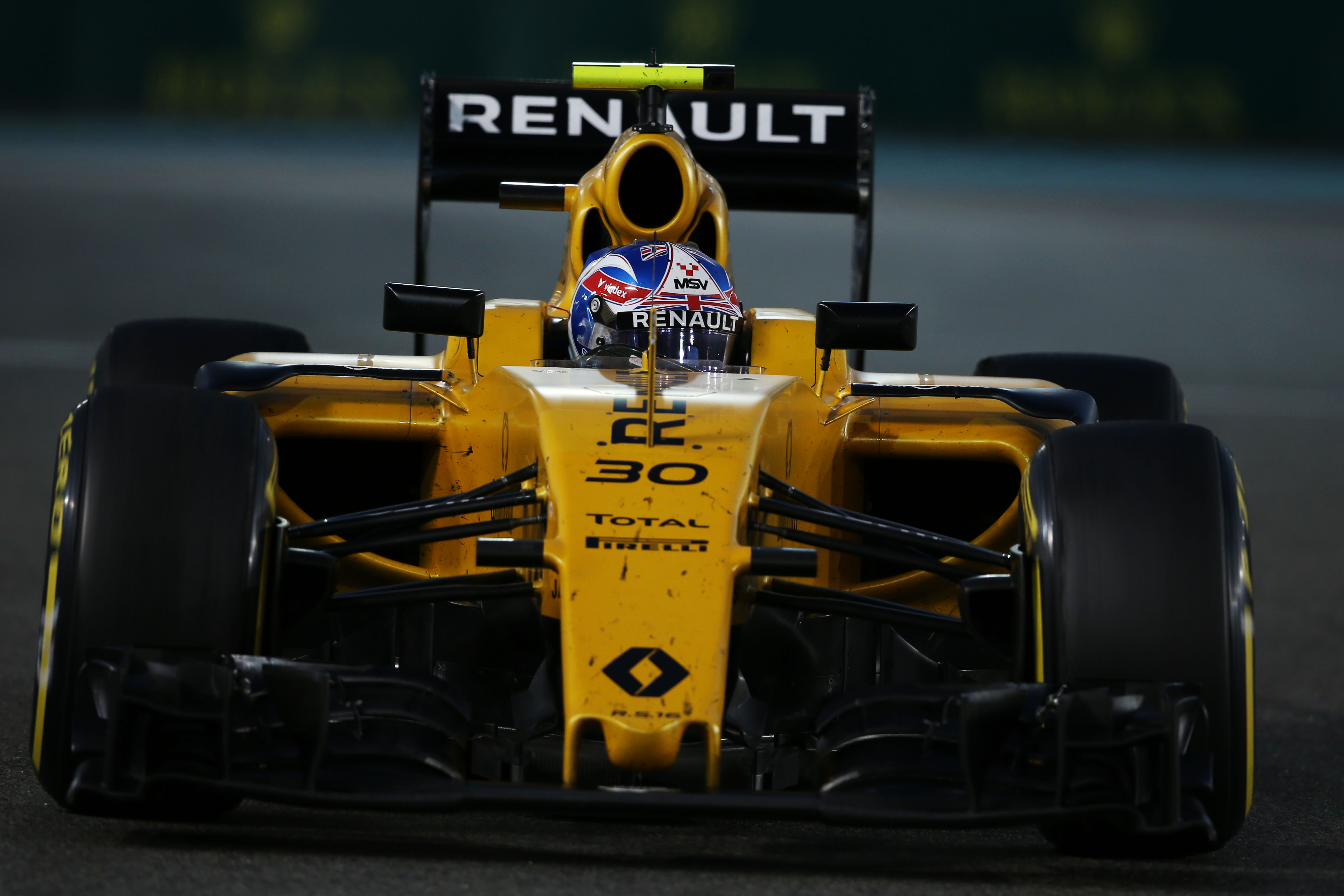 While Renault’s progress has stagnated a little, this period did start very well as the team climbed from ninth in the constructors’ championship with a dire car in 2016 to fourth in 2018. Sadly, that progress has not been built on during the past two years as the team’s form has plateaued somewhat.
While Renault’s progress has stagnated a little, this period did start very well as the team climbed from ninth in the constructors’ championship with a dire car in 2016 to fourth in 2018. Sadly, that progress has not been built on during the past two years as the team’s form has plateaued somewhat.
But this spell did save a team that was looking in real danger of collapsing and also led to heavy investment in the facilities at Enstone. This turned it from what was almost a ghost ship team at the end of Genii Capital ownership into a thriving one that attempted to recapture the DNA of days past and rebuild to a new future. Certainly, it has the right personnel and facilties, but hasn’t quite managed to bring back the glory days.
It has to rank down the order in this list because it has yet even to score a podium finish, having originally set a five-year timeline to emerge as a title contender. Its five-year era isn’t over yet so milestones to close out 2020 are possible, but the overall impression is unlikely to change.
3 Lotus (2012-2015)
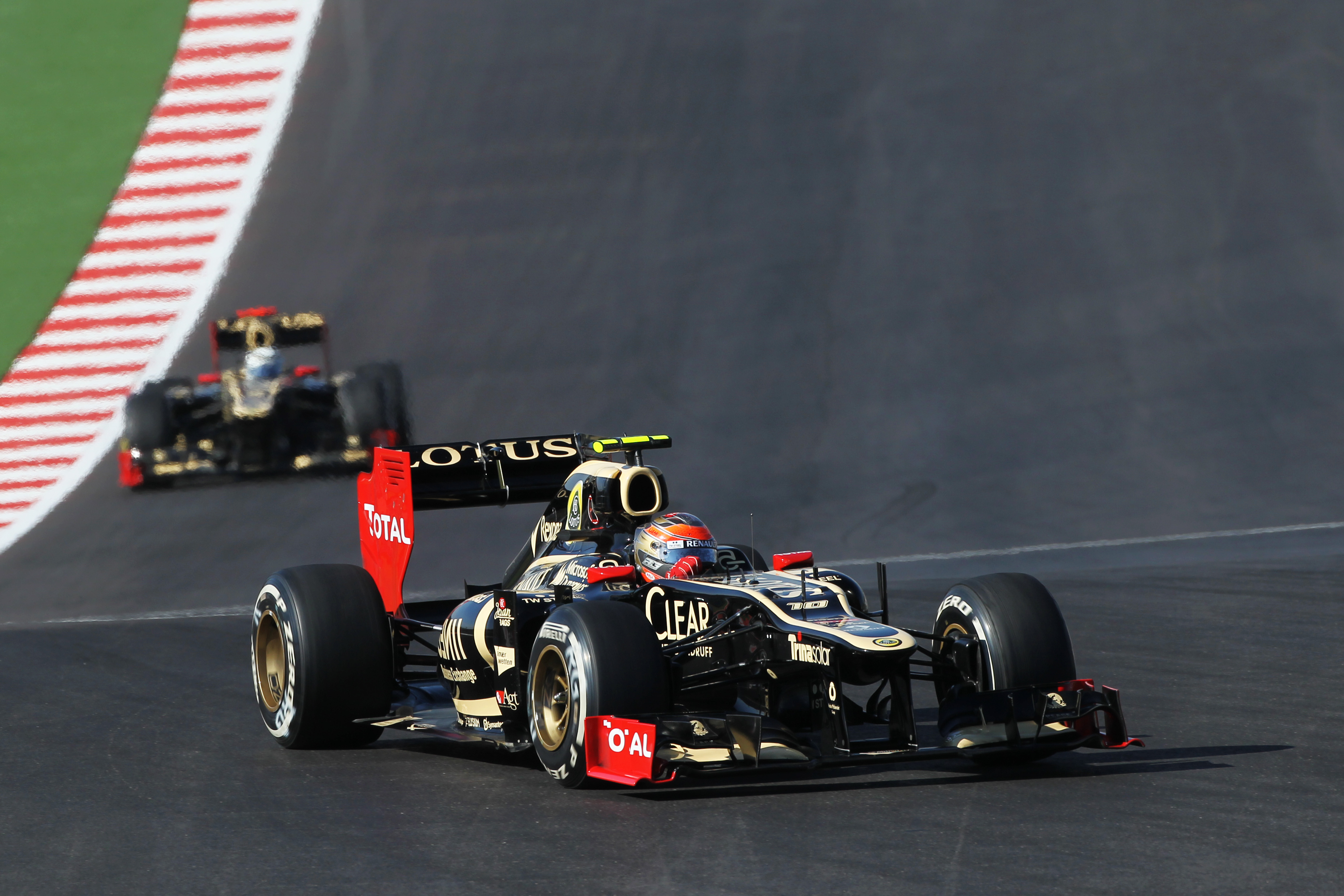 This comprised the final four years of Genii Capital ownership, which started with the team winning a race in each of 2012 and ’13 with Kimi Raikkonen. During the second half of that season, it was often the closest challenger to the all-conquering Sebastian Vettel/Red Bull combination, with Romain Grosjean flirting with taking a race win.
This comprised the final four years of Genii Capital ownership, which started with the team winning a race in each of 2012 and ’13 with Kimi Raikkonen. During the second half of that season, it was often the closest challenger to the all-conquering Sebastian Vettel/Red Bull combination, with Romain Grosjean flirting with taking a race win.
But under-investment was hurting the team even during those years when it threatened to break through as a title-challenging force, so it was no surprise to see Lotus slide backwards in 2014 and ’15 amid the loss of some key staff – notably technical director James Allison during ’13.
2 Renault v1 (2002-2011)
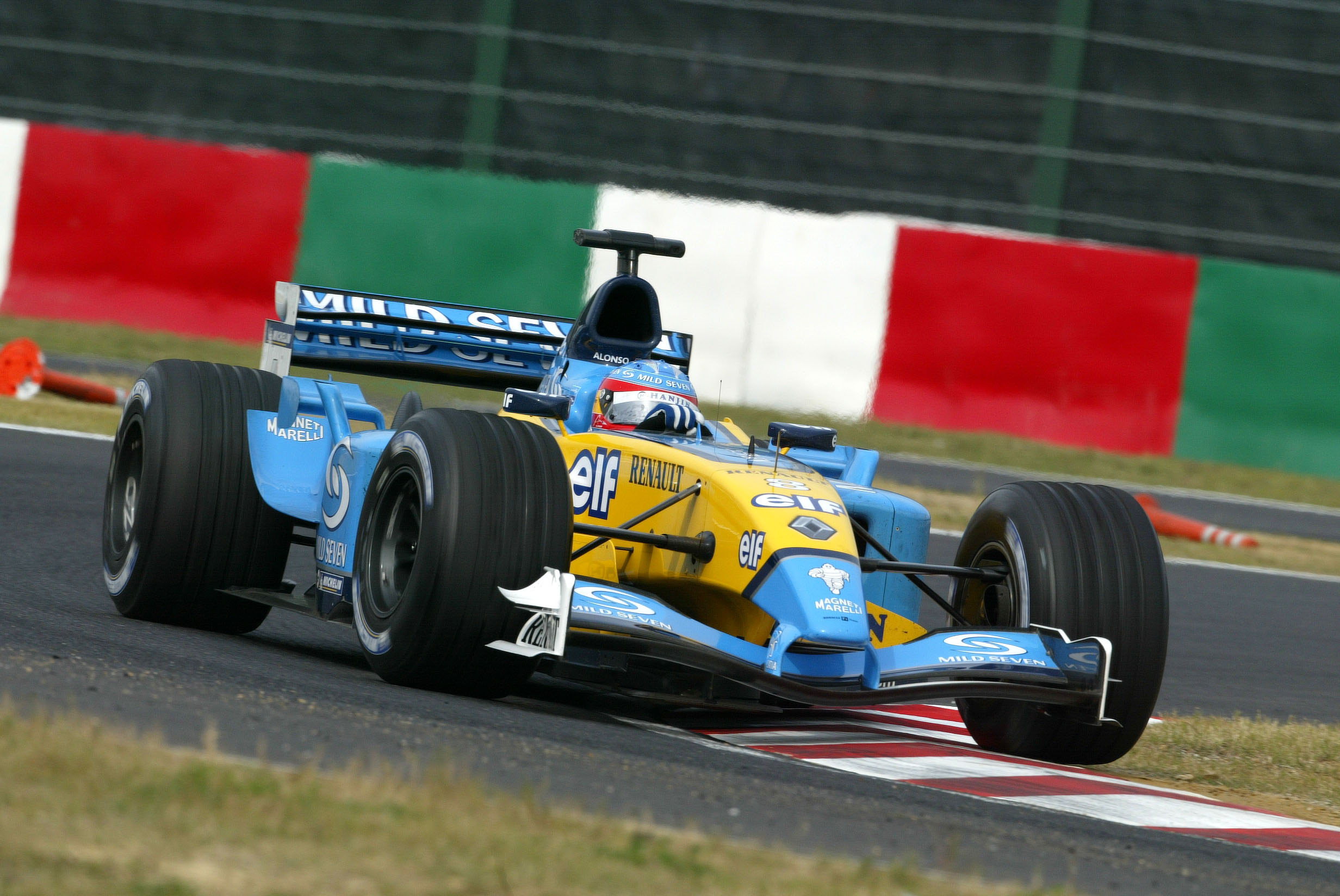 The nature of the branding makes this stretch slightly complicated, for Renault owned the team in 2001 when it still ran as Benetton then sold the team to Genii Capital after the Singapore Grand Prix crash controversy emerged in 2009. But this team is all about complicated ownership and we are ranking identities, not ownership.
The nature of the branding makes this stretch slightly complicated, for Renault owned the team in 2001 when it still ran as Benetton then sold the team to Genii Capital after the Singapore Grand Prix crash controversy emerged in 2009. But this team is all about complicated ownership and we are ranking identities, not ownership.
Fernando Alonso took back-to-back drivers’ championships in 2005-2006, with Giancarlo Fisichella backing him up to ensure the team also bagged a pair of constructors’ crowns.
The team claimed 20 victories during this period, with Jarno Trulli the other driver to triumph with his win at Monaco in 2004, but slid from competitiveness in its later years prior to the shame of what happened in Singapore 2008 emerging.
1 Benetton (1985-2001)
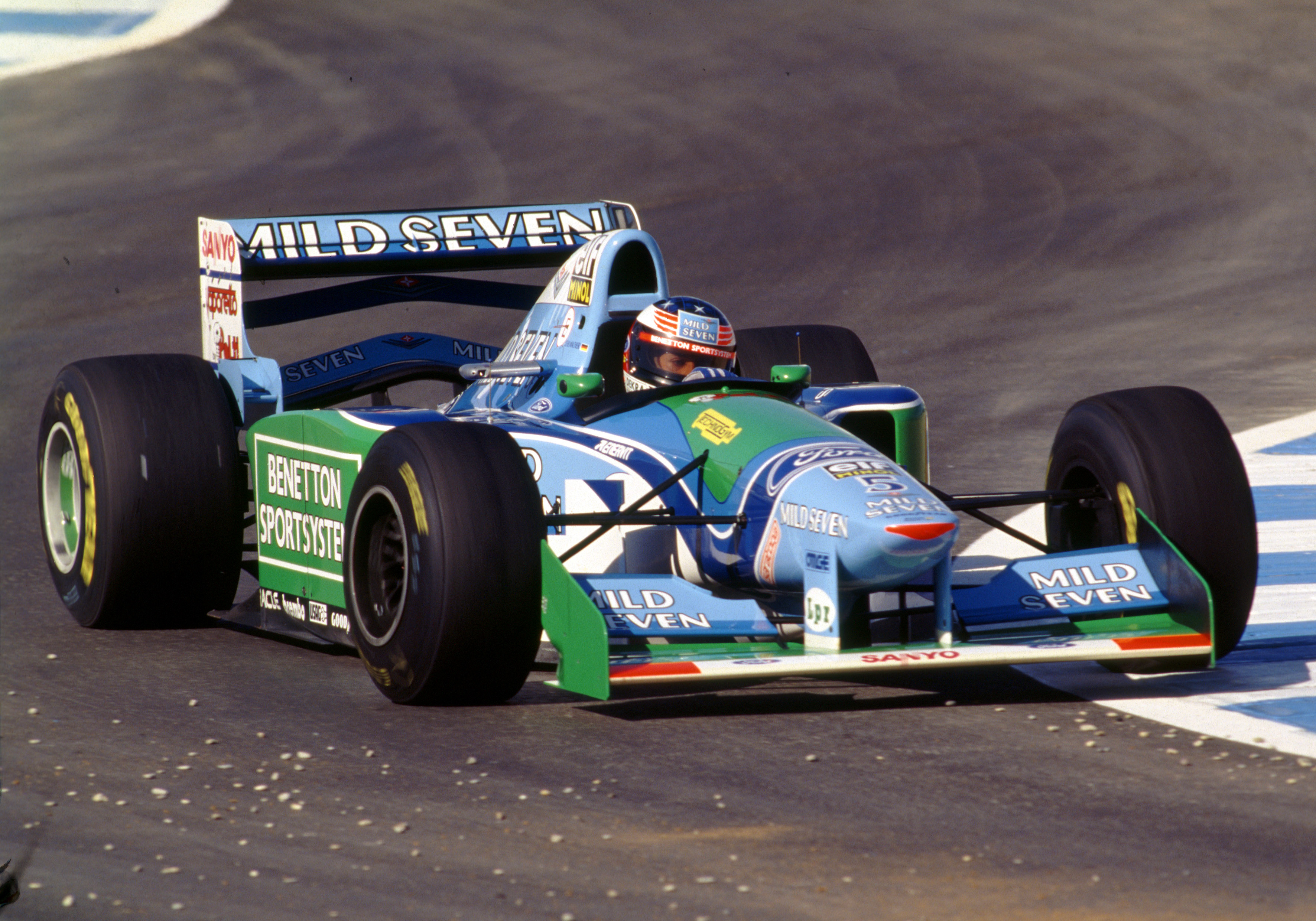 Benetton first sponsored Toleman in 1985, then bought the team ahead of 1986. It was during this period that the team really became what it is today, emerging first as a race-winning and then title-winning force and relocating from Witney to Enstone.
Benetton first sponsored Toleman in 1985, then bought the team ahead of 1986. It was during this period that the team really became what it is today, emerging first as a race-winning and then title-winning force and relocating from Witney to Enstone.
Gerhard Berger took the first of 27 victories under the Benetton name in Mexico in 1986, with a further five wins following over the next seven seasons – including back-to-back victories for Nelson Piquet in the final two races of 1990.
But it was the arrival of Michael Schumacher, who linked up with key technical players such as Rory Byrne, Ross Brawn and Pat Symonds, that led to the glory of 1994-5 when he won back-to-back world championships. With Schumacher supported by Johnny Herbert, Benetton also took the 1995 constructors’ crown.
This period is doubly significant in F1 given its success led directly to the Ferrari dominance that was to follow.



